Navigating The Year Of Faith: A Guide To The Liturgical Calendar 2025
Navigating the Year of Faith: A Guide to the Liturgical Calendar 2025
Navigating the Year of Faith: A Guide to the Liturgical Calendar 2025
Introduction
In this auspicious occasion, we are delighted to delve into the intriguing topic related to Navigating the Year of Faith: A Guide to the Liturgical Calendar 2025. Let’s weave interesting information and offer fresh perspectives to the readers.
Table of Content
Navigating the Year of Faith: A Guide to the Liturgical Calendar 2025
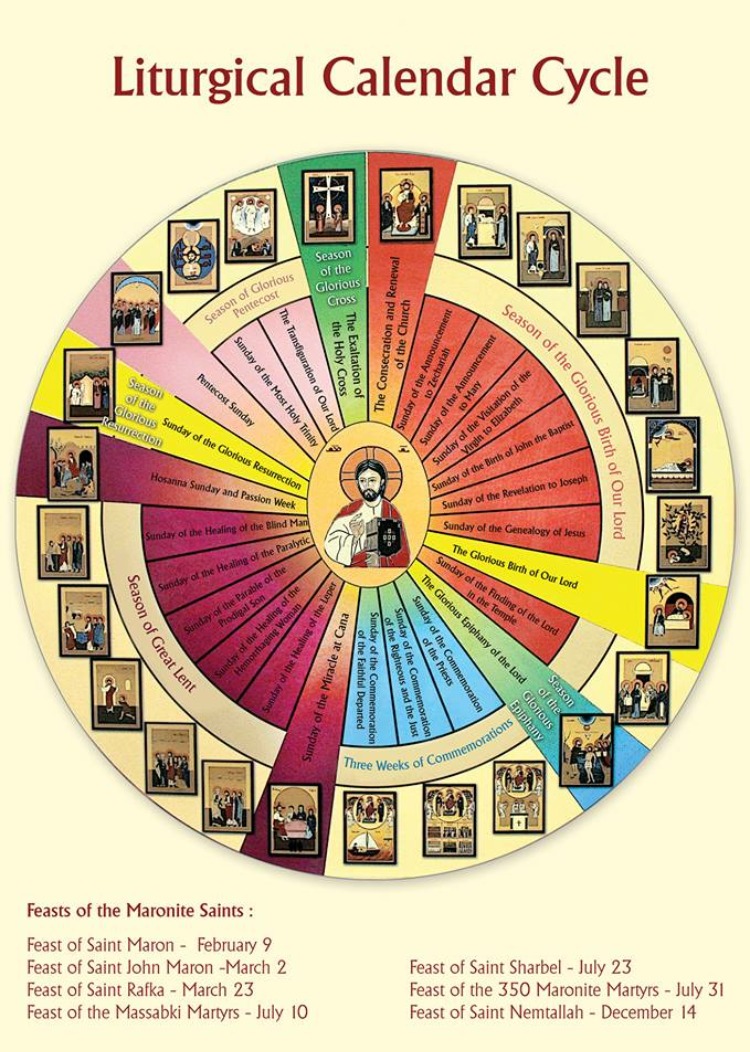
The liturgical calendar, a cornerstone of many Christian traditions, provides a structured framework for observing the year’s significant religious events. It guides the celebration of feasts, fasts, and other liturgical seasons, offering a roadmap for spiritual reflection and communal worship. This calendar, often printed for easy reference, is a valuable tool for individuals and communities seeking to deepen their understanding and engagement with the Christian faith.
Understanding the Structure
The liturgical calendar is divided into two primary cycles: the temporal cycle, which follows the life of Christ from Advent through Ordinary Time, and the sanctoral cycle, which celebrates the lives of saints throughout the year.
The Temporal Cycle:
- Advent: This season, marking the anticipation of Christ’s birth, begins four Sundays before Christmas. It emphasizes themes of hope, peace, joy, and love.
- Christmas: The celebration of Christ’s birth, spanning from December 25th to the Baptism of the Lord.
- Ordinary Time: This lengthy period, encompassing the majority of the year, is divided into two parts: Ordinary Time I (after Epiphany) and Ordinary Time II (after Pentecost). It focuses on the ordinary life of Christ and the teachings of the Gospels.
- Lent: A season of penitence and preparation for Easter, commencing on Ash Wednesday and culminating on Holy Thursday. It emphasizes themes of repentance, fasting, and spiritual renewal.
- Holy Week: The week preceding Easter, commemorating the Passion, Death, and Resurrection of Christ.
- Easter: The central celebration of the Christian faith, commemorating Christ’s resurrection, and lasting for 50 days.
- Pentecost: The celebration of the Holy Spirit’s descent upon the Apostles, marking the birth of the Church.
The Sanctoral Cycle:
This cycle honors the lives of saints, often with specific feast days dedicated to their memory. It encompasses a diverse range of individuals, including martyrs, confessors, and virgins, each offering a unique perspective on faith and devotion.
Benefits of Using a Liturgical Calendar
The liturgical calendar offers numerous benefits for individuals and communities:
- Spiritual Growth: By engaging with the rhythms of the liturgical year, individuals can deepen their spiritual lives, exploring themes of faith, hope, and love through prayer, reflection, and participation in liturgical celebrations.
- Community Building: The shared experience of celebrating liturgical events fosters a sense of unity and belonging within the Christian community, strengthening bonds and encouraging mutual support.
- Understanding the Faith: The liturgical calendar provides a framework for understanding the history, theology, and traditions of the Christian faith, offering a deeper appreciation for its rich tapestry.
- Guidance for Daily Life: The calendar’s emphasis on specific themes and practices can provide guidance for daily life, encouraging individuals to live out their faith in tangible ways.
- Educational Tool: The calendar can serve as an educational tool, introducing individuals to the lives of saints, the significance of liturgical seasons, and the rich history of Christian tradition.
Using the Liturgical Calendar Effectively
To maximize the benefits of using a liturgical calendar, consider the following tips:
- Familiarize Yourself with the Structure: Begin by understanding the basic structure of the calendar, including the temporal and sanctoral cycles, and the specific seasons and feasts within each.
- Mark Important Dates: Highlight significant dates, such as feast days, holy days, and seasons, to ensure you don’t miss important celebrations.
- Engage in Spiritual Practices: Use the calendar as a guide for engaging in specific spiritual practices, such as prayer, scripture reading, or acts of service, during each season.
- Attend Liturgical Celebrations: Participate in the liturgical celebrations of your community, attending Mass, services, and other events to deepen your understanding and experience of the faith.
- Share with Others: Encourage others to use the liturgical calendar, fostering a shared understanding and appreciation for the faith within your community.
FAQs About the Liturgical Calendar
Q: Why is the liturgical calendar important?
A: The liturgical calendar provides a structured framework for observing the year’s significant religious events, guiding the celebration of feasts, fasts, and other liturgical seasons. It offers a roadmap for spiritual reflection and communal worship, deepening individual and communal engagement with the Christian faith.
Q: How do I use a liturgical calendar?
A: You can use a liturgical calendar to mark important dates, engage in specific spiritual practices, attend liturgical celebrations, and share it with others to foster a shared understanding of the faith.
Q: What are the different liturgical seasons?
A: The liturgical calendar is divided into two primary cycles: the temporal cycle, which follows the life of Christ, and the sanctoral cycle, which celebrates the lives of saints. The temporal cycle includes Advent, Christmas, Ordinary Time, Lent, Holy Week, Easter, and Pentecost. The sanctoral cycle honors the lives of saints with specific feast days.
Q: What are some examples of spiritual practices for different liturgical seasons?
A: During Advent, one might engage in practices like daily scripture reading, reflection on the themes of hope, peace, joy, and love, or participating in Advent wreath ceremonies. Lent might involve fasting, prayer, almsgiving, and increased focus on repentance and spiritual renewal. During Easter, individuals might celebrate the resurrection through prayer, attending Mass, and sharing joy with others.
Q: Can I find a free printable liturgical calendar?
A: Yes, many websites and resources offer free printable liturgical calendars for various Christian denominations.
Conclusion
The liturgical calendar, a powerful tool for spiritual growth and communal engagement, offers a rich tapestry of traditions and practices that can deepen individual and communal understanding of the Christian faith. By embracing the rhythms of the liturgical year, individuals and communities can cultivate a deeper connection with God, strengthen their faith, and find meaning and purpose in their daily lives.
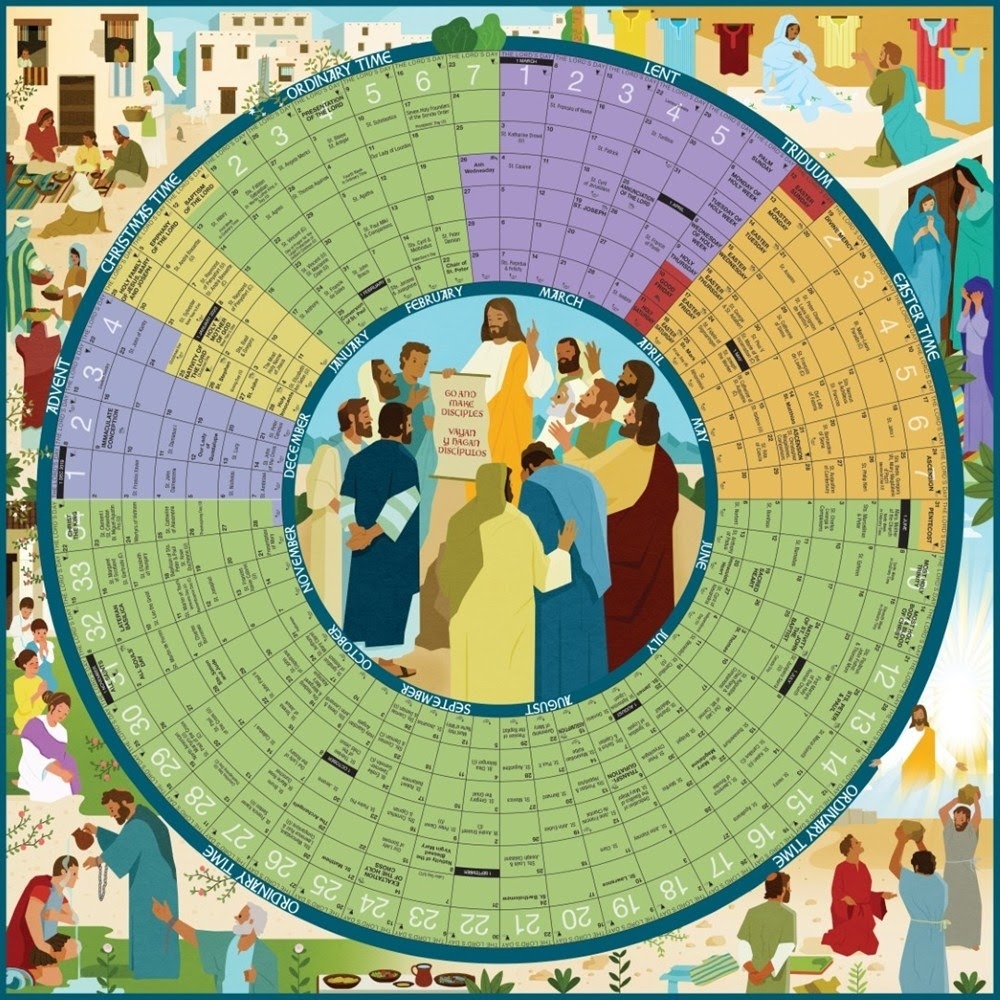
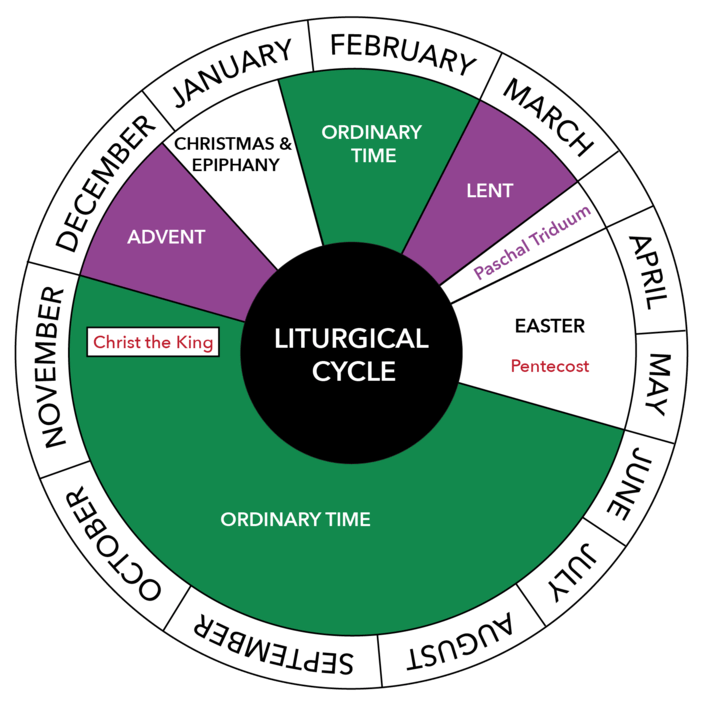
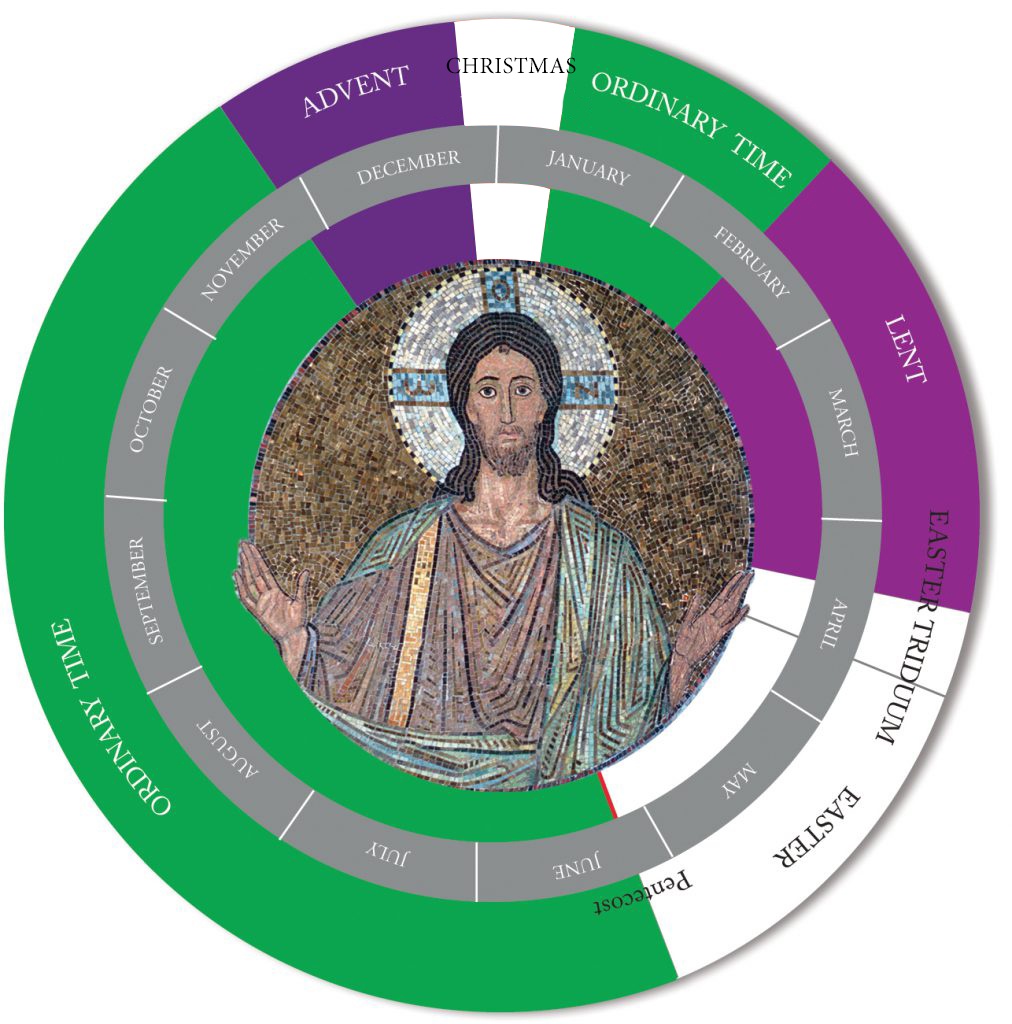
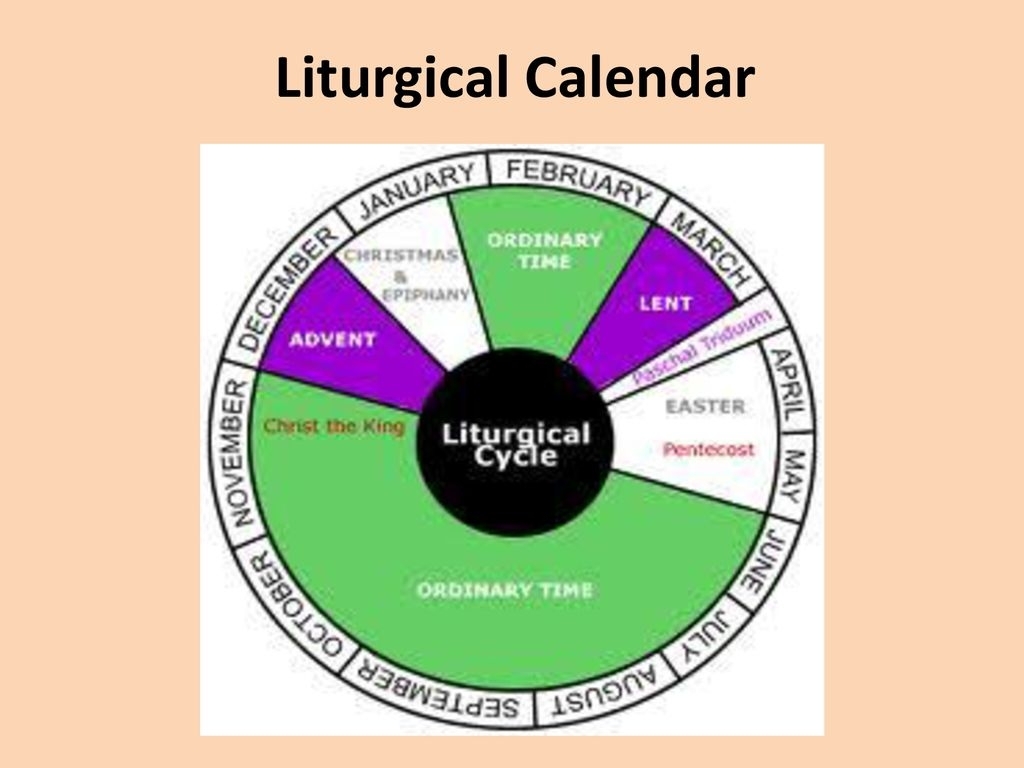
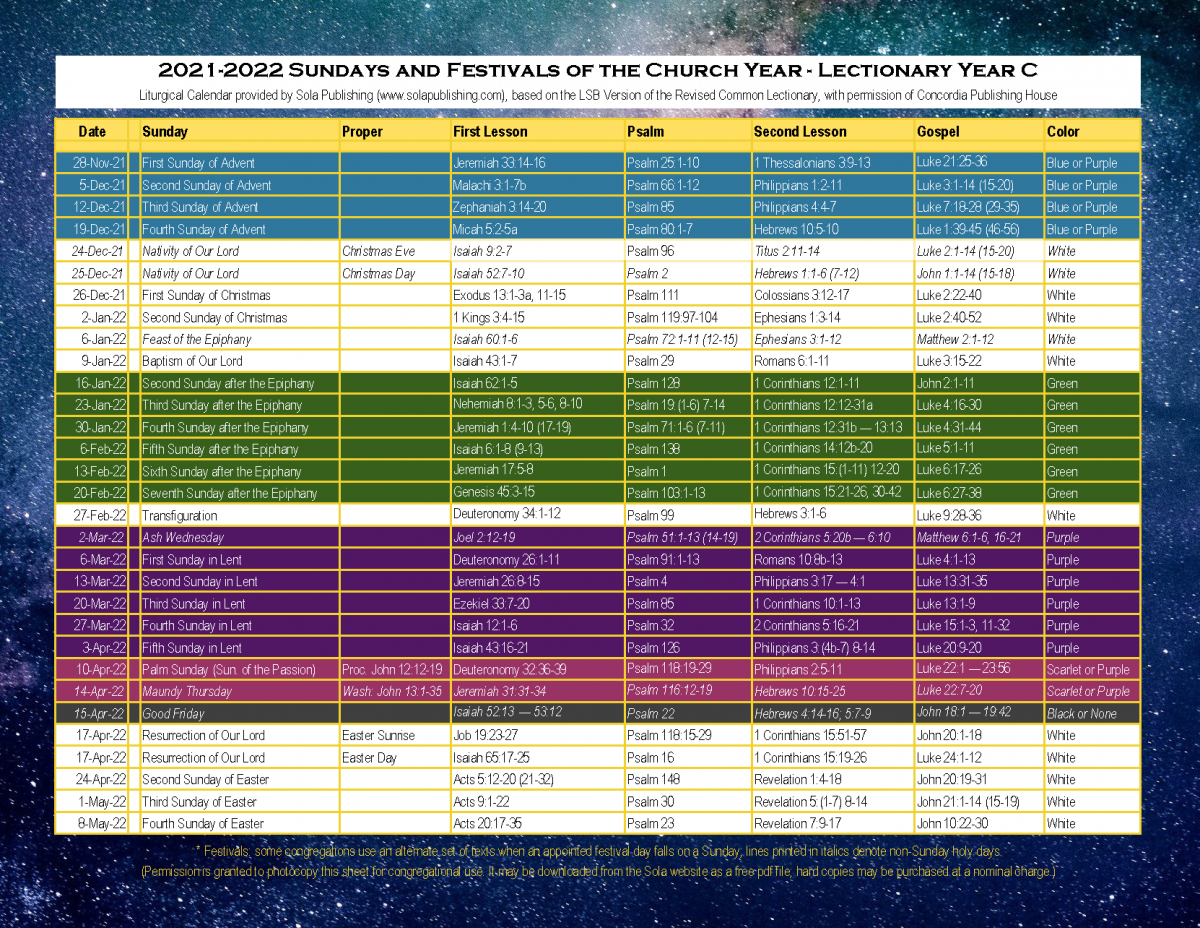


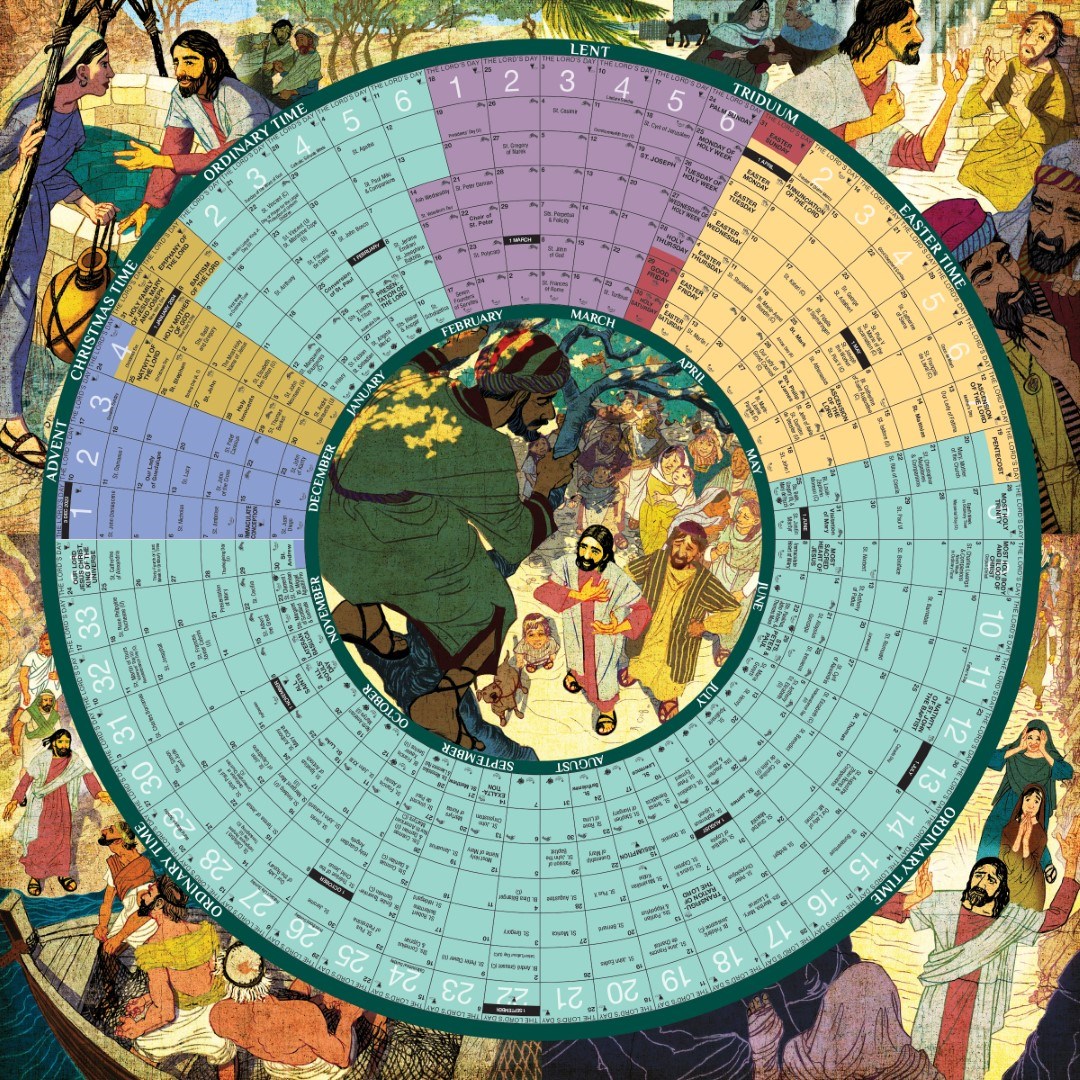
Closure
Thus, we hope this article has provided valuable insights into Navigating the Year of Faith: A Guide to the Liturgical Calendar 2025. We thank you for taking the time to read this article. See you in our next article!